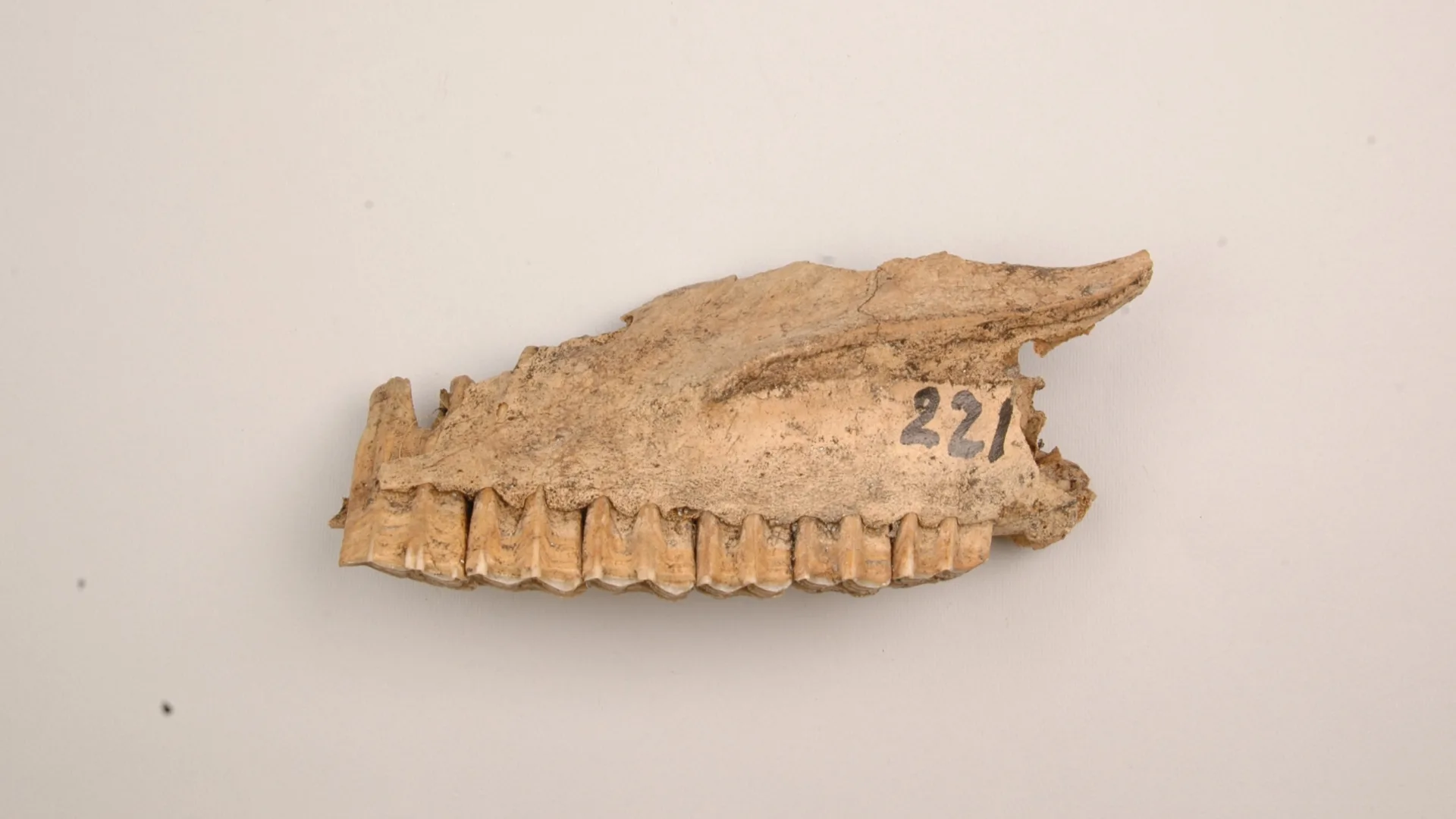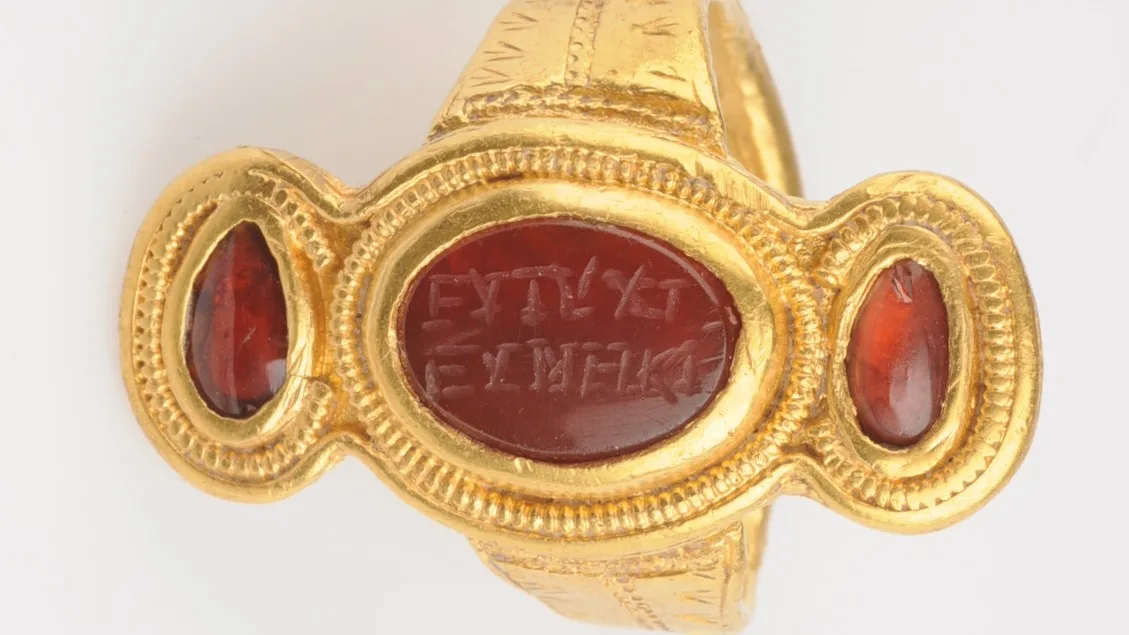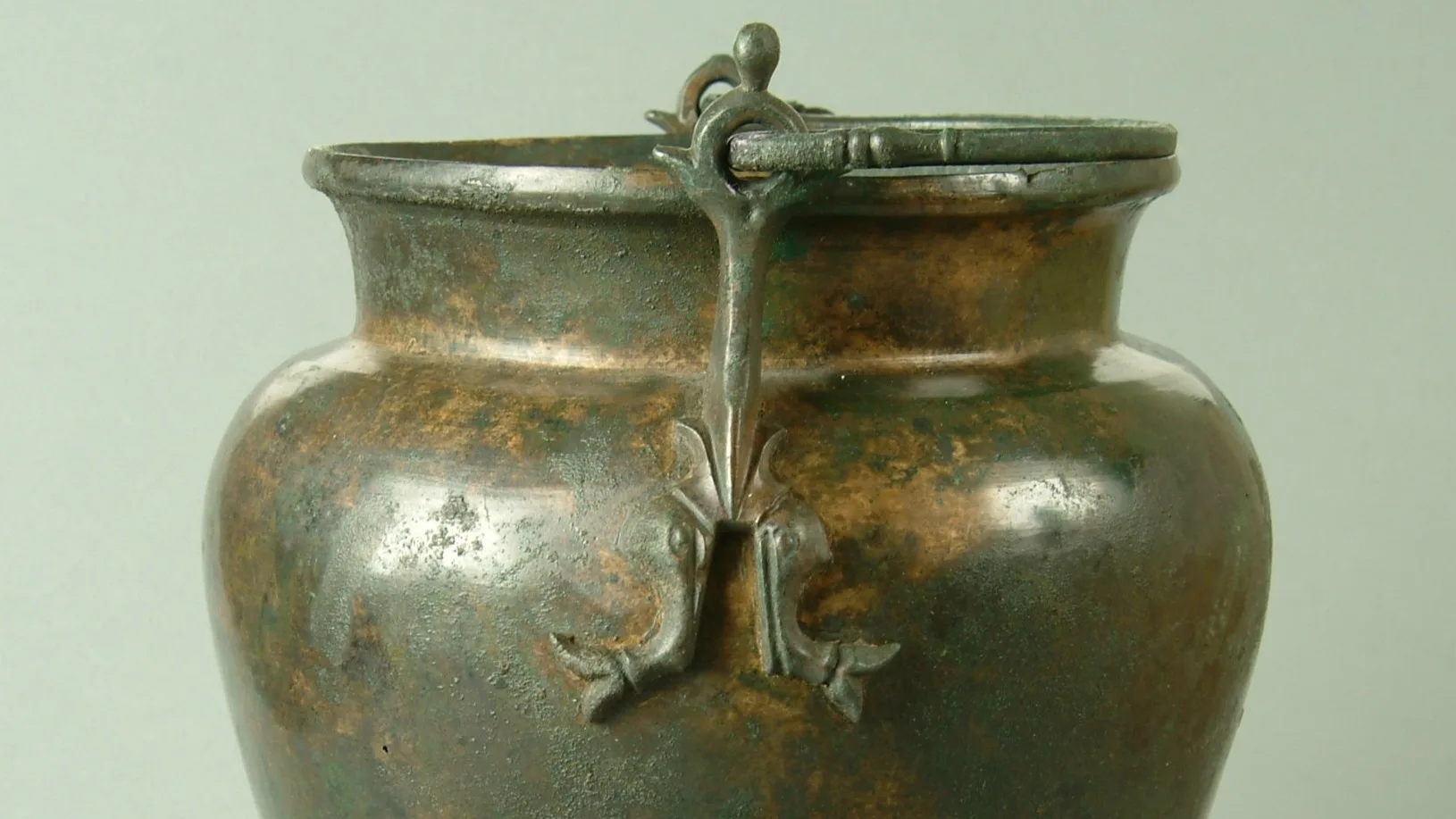Who were the Vikings?
Iron Age
500 BC – AD 1100
Viking Age
AD 800 – AD 1100
Middle Ages
AD 1050 – AD 1520
Power rested in the hands of local aristocrats who could, at times, build up large realms, only for them to vanish just as quickly. It would take long after the Viking Age before anything resembling modern Sweden began to take shape. For most people, life and identity were tied to the agricultural communities in which they lived.

When was the Viking Age?
The Viking Age is a term used by archaeologists to define a historical period in Scandinavia. Its chronological boundaries have varied depending on scholarly tradition, but in the exhibition The Viking World at the Swedish History Museum, it refers to the years AD 750–1100.
The word viking appears on a few runestones from the period and usually describes a situation or activity. A person could be “in viking”, meaning they were on a trading voyage or a raiding expedition. It was not the name of a people or group. The vast majority of people were farmers and rarely, if ever, “in viking”.
Did ethnic groups exist?
What constituted a “people” at this time is not easy to define. Written sources mention various names for larger groups of people, but the meaning of these names changed over time.
One example is the “Burgundians”. At one point, this name referred to a kind of warrior group. Later, the Burgundians became the majority population in a kingdom named Burgundy. Later still, Burgundian referred to people living in a subregion of the Frankish realm.
Who these terms referred to, and what kind of community they described, shifted repeatedly.

People and lands before Sweden
A thousand years ago, eastern Scandinavia consisted of several smaller “lands”, as they are called in written sources. These lands typically corresponded to larger agricultural regions, networks of farms, villages, fields, and pastures. Villages and farms were connected by simple roads, and between these regions lay vast forests that no one owned, forming natural border zones.
Although ties to larger and smaller regions were strong, people identified themselves differently depending on the situation. In everyday life, one’s family or village might be most important. A traveller, however, might identify more as a “Jämtlander”, “Blekinger”, or “Ålander”.
Viking Age lands such as Eowland, Sundermannia, and Iamtaland can be roughly equated with the later provinces of Öland, Södermanland, and Jämtland. Archaeological evidence often reveals distinct cultural traditions in these areas, especially in matters of death and burial. Political power in the various regions was primarily held by local aristocratic families, large landowners living on impressive estates.

Sweoland and Gothia
Written sources also contain terms referring to contexts larger than the agricultural regions. These include Sweoland, Gothia, and Denemearcan. The first refers to parts of what we now call Svealand, primarily the Mälaren Valley. Gothia is associated with areas of modern Västergötland and Östergötland.
While the names of smaller agricultural regions were likely more stable, the meanings of these larger terms shifted over time, just as we saw with the Burgundians. These terms also only cover parts of what would much later become Sweden. Large areas in the north and south had other names. These regions and their people must be understood in their historical context, rather than through the lens of the later nation-state.
During the early Middle Ages, royal dynasties in the Mälaren Valley, Östergötland, and Västergötland competed for political control over what is now central Sweden. These rulers had access to the organisational and political expertise of the Christian Church. Yet it took a long time before any king could maintain lasting control over such large territories. Viking Age power over broader regions was personal, temporary, and changeable.

Multiple identities
There were also important identities and groups not tied to specific agricultural regions. The term Rus is much debated and was used in the east to refer to Scandinavians, and likely others as well. Rus seems to have denoted a people in some contexts and a group of warriors or traders in others. Its meaning also changed over time.
In the north, there were more or less nomadic groups with clear links to later Sámi communities. In written sources, they are often called Scritefini or similar terms. Interaction between Scandinavians and peoples from the southern and eastern shores of the Baltic Sea was extensive.
People moved in all directions. Scandinavians settled in many other regions and gradually changed identity, for example, the Norse who settled in what is now Normandy and became known as Normans. People from the south and east also settled and lived in Scandinavia. There are many archaeologically known sites with clearly mixed populations, where different cultural traditions and expressions merged to form new ones.


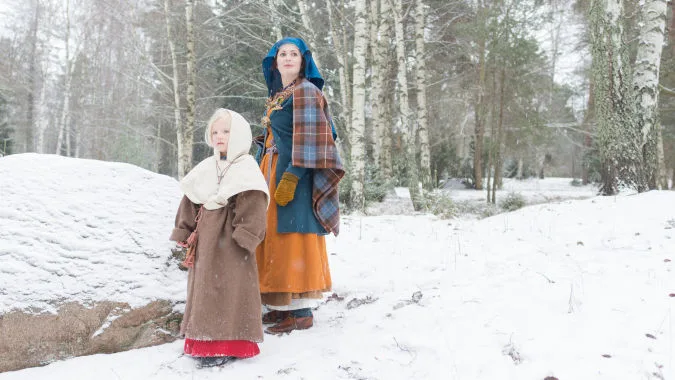
Reconstruction of Viking Age clothes, jewellery and accessories. Photos: Jonathan Olsson, the Swedish History Museum/SHM.
Sweden did not exist in the Viking Age
A thousand years ago, there was no country called Sweden, and therefore no “Swedes” in the sense that the term later came to mean. Nor is it as simple as saying that Sweoland or the Svear were the origin of today’s Swedes, except perhaps in a linguistic sense.
Modern Sweden emerged from a diversity of ancient lands and shifting peoples, shaped by constant contact with various parts of the world. Neither then, nor now has there ever been a homogeneous group of Swedes or Scandinavians with a single culture or background.
The Viking Age was a different world, complex and multifaceted in terms of identity, culture, and lifestyle. Radically different from the modern world. What it meant to be a people, to have power, or to live a life so far back in history was entirely different from today.
Discovering that world is about trying to understand other ways of living and being human, not about finding ourselves. The Viking Age is compelling in its own right, while also offering perspective on life today.
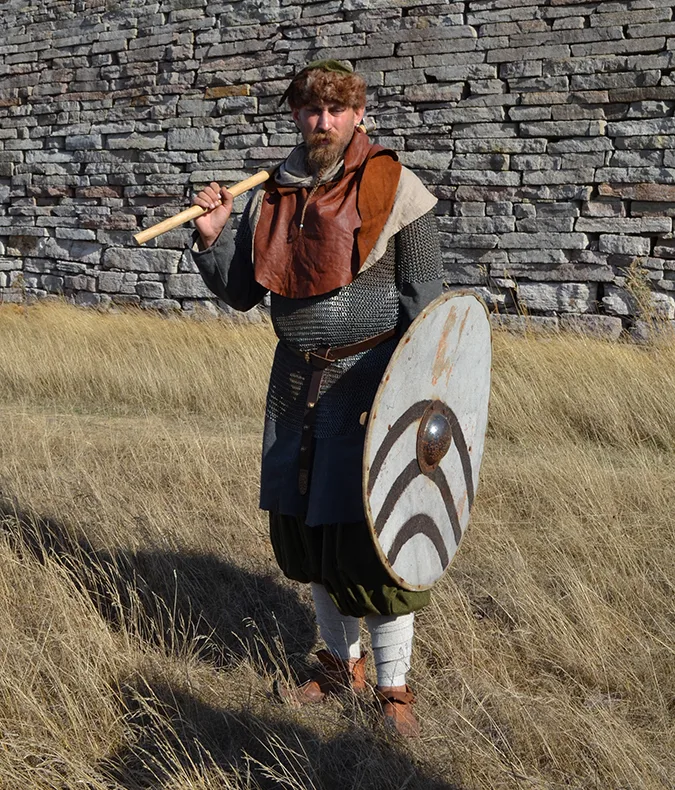

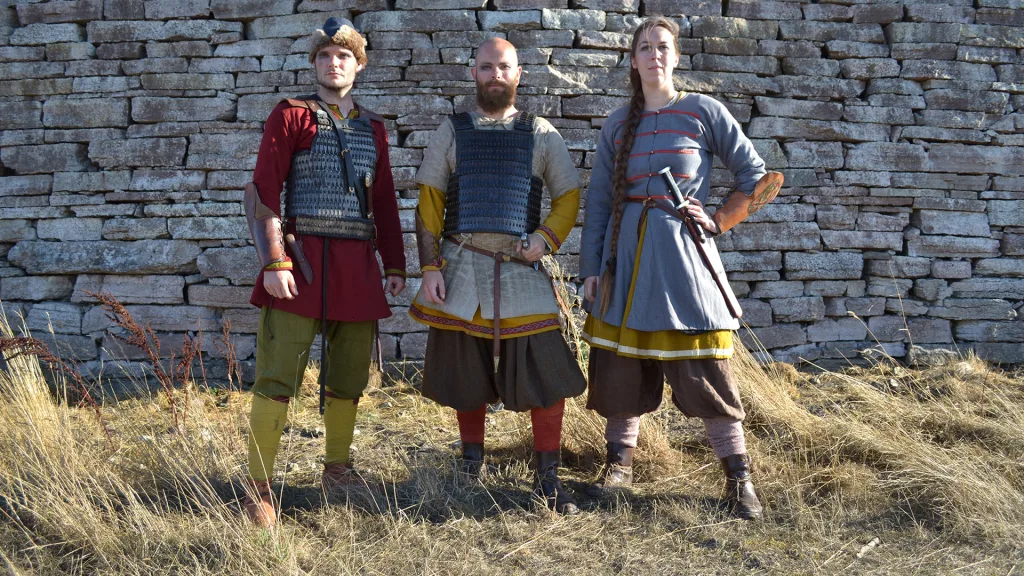
Reconstruction of Viking Age clothes. From the shoot of Arkeologens dotter (UR, 2018) at Eketorps borg and Skäftekärr, Öland. Photos: Linda Wåhlander, the Swedish History Museum/SHM.
